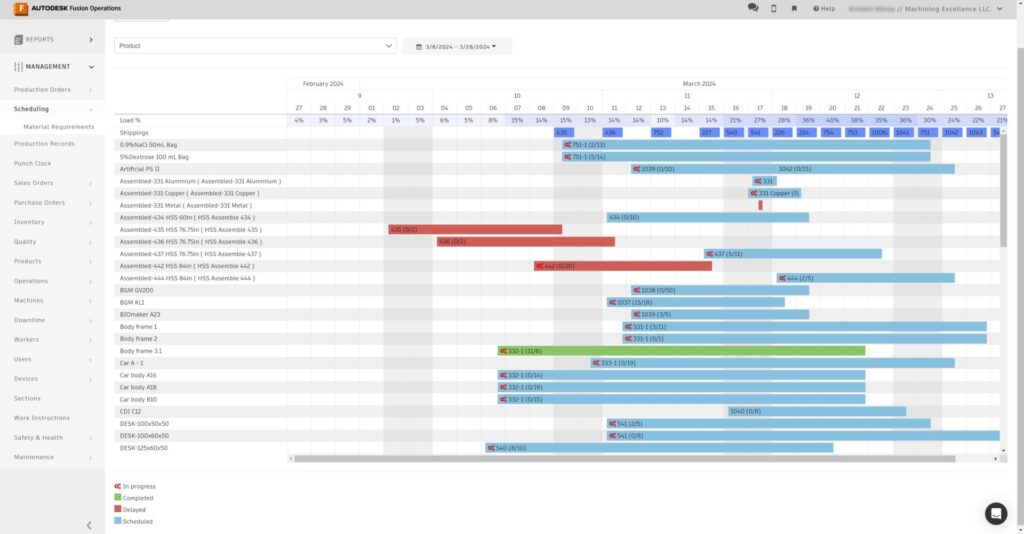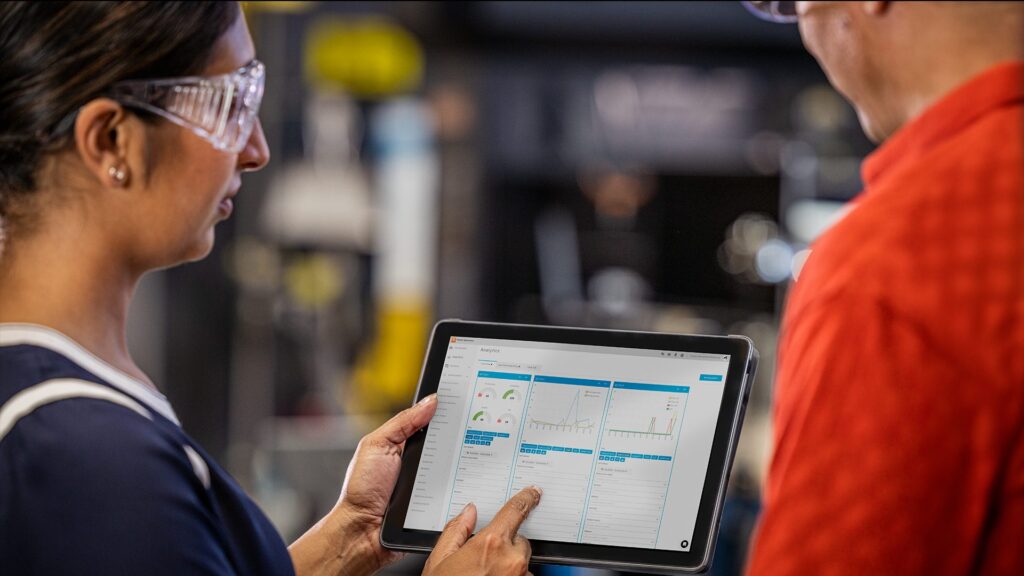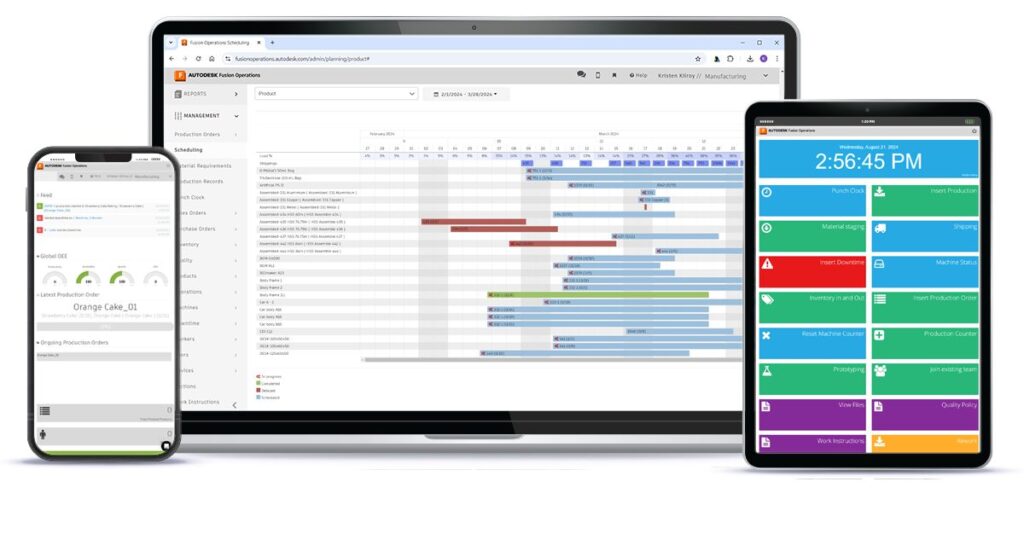& Construction

Integrated BIM tools, including Revit, AutoCAD, and Civil 3D
& Manufacturing

Professional CAD/CAM tools built on Inventor and AutoCAD
6 min read
Material Requirements Planning (MRP) is a crucial system in manufacturing that optimizes inventory, production schedules, and supply chain management. MRP software like Autodesk Fusion Operations enhancing efficiency, accuracy, and collaboration through real-time data and advanced analytics.
In the realm of manufacturing, efficiency, precision, and timely production are paramount. To achieve these goals, manufacturers rely on various systems and methodologies. One such critical system is Material Requirements Planning (MRP). This blog delves into what it is, its importance in manufacturing, what MRP software entails, the benefits of using MRP software, key factors to consider when choosing an MRP solution, and how Autodesk Fusion Operations can play a pivotal role.

Material Requirements Planning (MRP) is a systematic approach to calculating the materials and components needed to manufacture a product. It is designed to ensure that materials are available for production and products are available for delivery to customers while maintaining the lowest possible level of inventory. MRP aims to balance demand and supply by scheduling production activities, ordering materials, and managing inventory.
The core functions of an MRP system include:
Material Requirements Planning plays a crucial role in manufacturing for several reasons:

MRP software integrates various functions such as inventory control, production planning, demand forecasting, and supplier management into a single platform. MRP software leverages data and advanced algorithms to optimize material requirements and production schedules, ensuring that manufacturing operations run smoothly and efficiently.
Key features of MRP software include:
Implementing MRP software offers numerous benefits to manufacturers including, but not limited to:

Autodesk Fusion Operations is a powerful tool designed to enhance manufacturing operations by providing comprehensive MRP capabilities. Here’s how Fusion Operations can help:
Fusion Operations integrates seamlessly with Autodesk’s suite of design and manufacturing tools, providing a unified platform for managing the entire product lifecycle. This integration ensures a smooth flow of data from design to production, reducing errors and improving efficiency.
The solution provides real-time visibility into inventory levels, production schedules, and demand forecasts. This real-time data enables manufacturers to make informed decisions and respond quickly to changing market conditions.
The software leverages advanced analytics and machine learning algorithms to optimize material requirements, production schedules, and inventory levels. Ultimately, this ensures that resources are used efficiently and production goals are met.
Fusion Operations facilitates collaboration between different departments, suppliers, and stakeholders by providing a centralized platform for communication and data sharing. As a result, this leads to enhanced coordination and reduces the risk of miscommunication.
Fusion Operations is designed to scale with the growth of your business. Whether you are a small manufacturer or a large enterprise, the platform can accommodate your needs and support your growth.
Fusion Operations offers customization options that allow you to tailor the platform to fit your specific business processes and workflows. This ensures that the software aligns with your unique requirements.
Robust security features to protect sensitive data from unauthorized access and breaches. This ensures that your data is secure and compliant with industry regulations.
Material Requirements Planning (MRP) is a vital component of modern manufacturing, ensuring that materials are available for production and products are delivered to customers on time. MRP software automates and streamlines the MRP process, providing numerous benefits such as increased efficiency, cost savings, improved accuracy, and enhanced collaboration.
By leveraging the power of MRP software and solutions like Fusion Operations, manufacturers can optimize their operations, reduce costs, and enhance customer satisfaction, ultimately driving business success in a competitive market.
By clicking subscribe, I agree to receive the Fusion newsletter and acknowledge the Autodesk Privacy Statement.
Success!
May we collect and use your data?
Learn more about the Third Party Services we use and our Privacy Statement.May we collect and use your data to tailor your experience?
Explore the benefits of a customized experience by managing your privacy settings for this site or visit our Privacy Statement to learn more about your options.